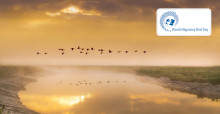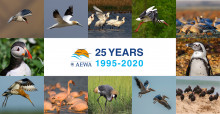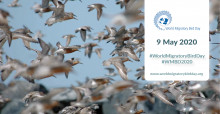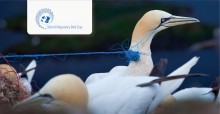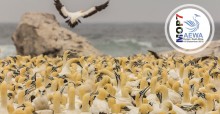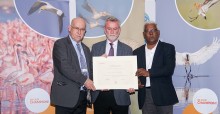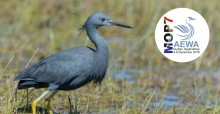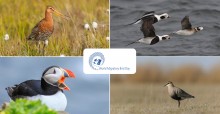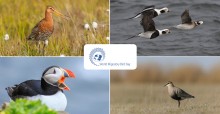For the past 25 years, millions of migratory waterbirds that link Africa, Europe and parts of Asia have benefitted from the collective work being carried out by countries and other actors under the framework of the African-Eurasian Migratory Waterbird Agreement (AEWA). Signed on 16 June 1995 in The Hague, the Netherlands, the intergovernmental treaty dedicated to conserving migratory waterbirds across African and Eurasia has a geographical range that stretches across 119 countries. With currently 80 Contracting Parties, including 38 from Africa and 42 from Eurasia including the European Union, AEWA is the largest legally binding instrument concluded under the Convention on the Conservation of Migratory Species of Wild Animals (CMS).



